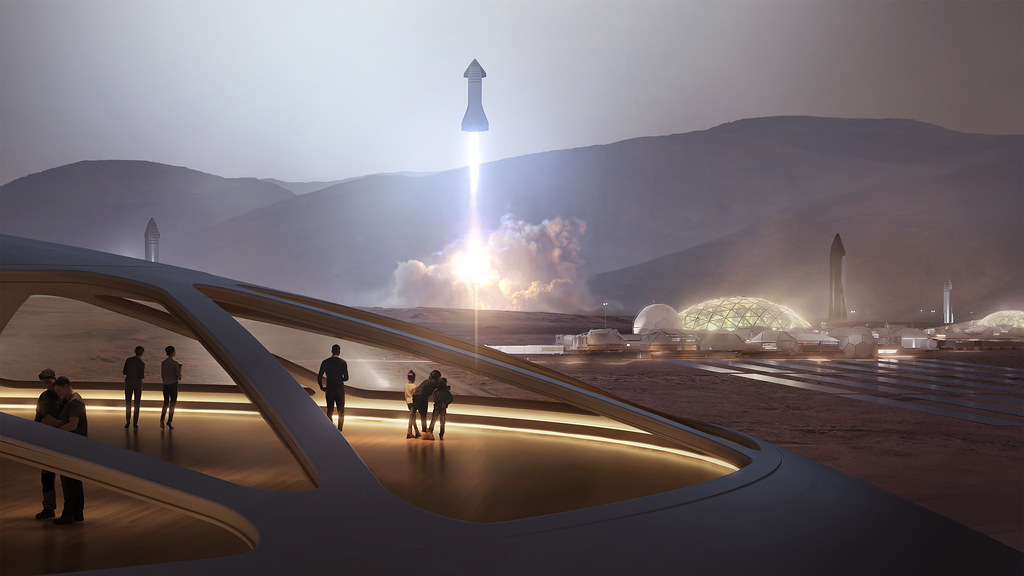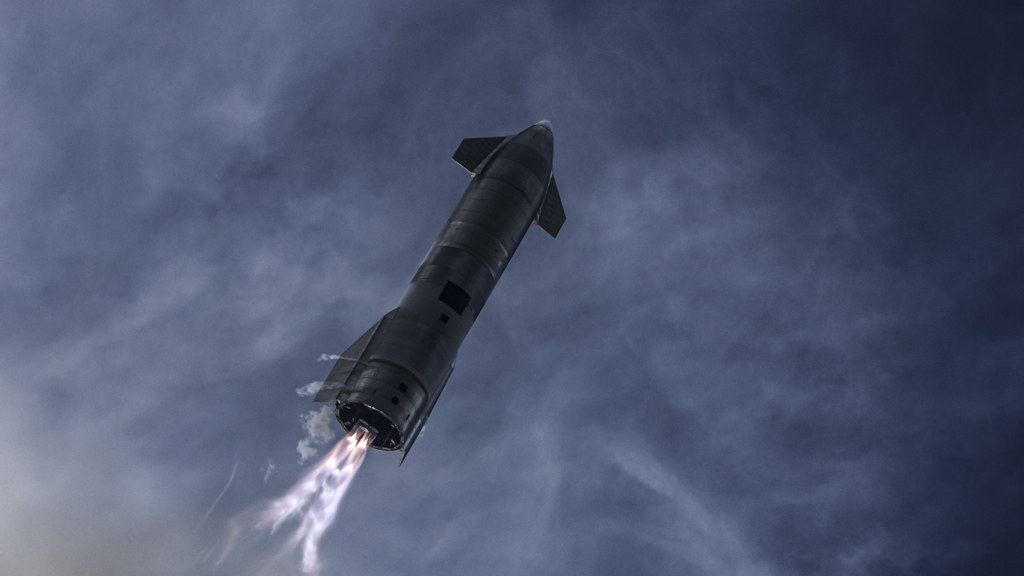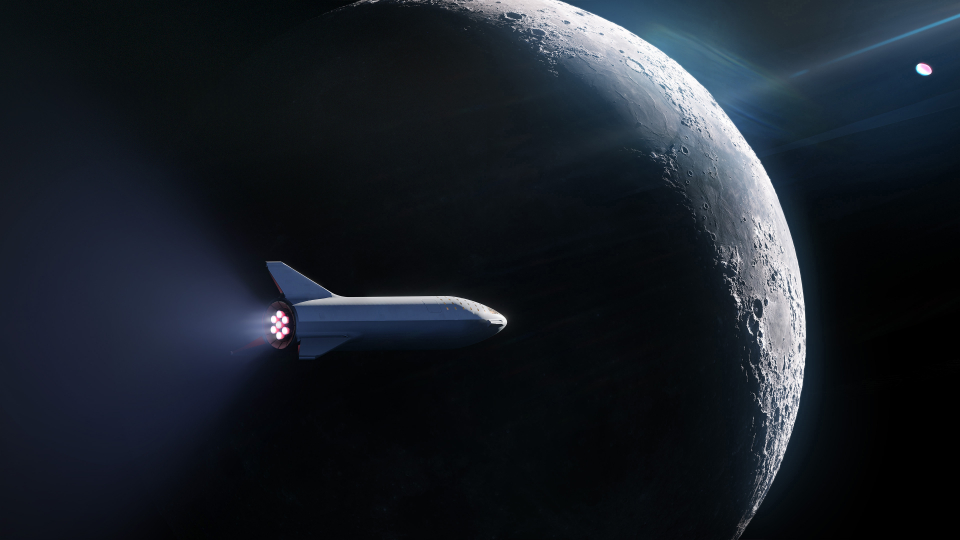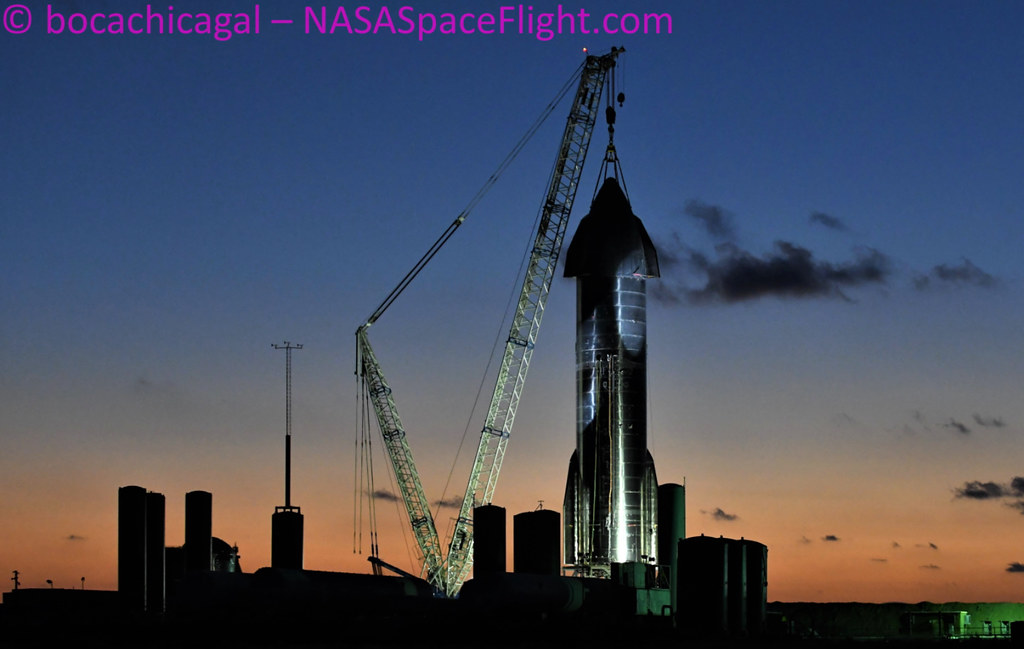The countdown is on for one of the most anticipated launches in SpaceX history. Flight 11 is just hours away, and the atmosphere at Starbase is electric. With Ship 38 and Booster 15 now fully stacked at the launch pad, SpaceX is gearing up for a mission that could change the future of spaceflight forever.
This blog dives deep into the latest updates, technical details, and what makes this launch so significant — including a bold new move to skip the metal heat shield.
The Final Countdown: Starship Flight 11 Preparation
Starbase Buzzing with Activity
Starbase, SpaceX’s sprawling launch facility in Boca Chica, Texas, is alive with activity as the team races against time to keep everything on schedule. The launch is set for 6:15 p.m. on October 13th, 2025, marking a critical milestone for the Starship program.

Key Milestones: Ship 38 and Booster 15 Rollout
On October 8th, just five days before flight 11, SpaceX began a crucial pre-launch operation. Booster 15 was carefully rolled out from the rocket garden to the launch pad, escorted by a convoy of Cybertrucks — a now iconic sight at Starbase. Upon arrival, the giant robotic arms known as Mechazilla chopsticks received Booster 15, a precise and rapid maneuver signaling that launch preparations were progressing smoothly.
SpaceX shared the news on social media platform X (formerly Twitter), posting high-quality images of Booster 15’s rollout and lift. Close-up shots of the Raptor engine cluster highlighted a remarkable detail — 24 out of the 33 engines on Booster 15 were reused from Flight 8. This feat demonstrates SpaceX’s ongoing commitment to engine reusability, a cornerstone of their strategy to reduce launch costs.
Ship 38’s Rollout and Heat Shield Innovations
Mega Bay 2 Preparations and Payload Installation
While Booster 15 was secured on the pad, SpaceX prepared Ship 38 for its rollout. On the evening of October 10th, the transport stand was moved into Mega Bay 2, signaling the beginning of the final preparations for the spacecraft.
SpaceX brought the Simink lifting jig to position over Ship 38, preparing for the installation of dummy Starlink payloads. Contrary to rumors predicting 20 Starlink satellites, cameras captured only eight dummy Starlink satellites being carefully loaded, one by one, through the payload door.
A New Approach to Heat Shield Tiles
One of the most fascinating aspects of Ship 38 is the experimental approach SpaceX is taking with the heat shield tiles. Observers noted that the ceramic tiles on the aft flaps were attached in a scattered pattern. This novel configuration is likely designed to test how aerodynamic forces impact tile adhesion during flight, offering critical data for improving future thermal protection systems.
Launch Pad Assembly: The Tallest Rocket in the World
On October 11th, Ship 38 began its slow journey to the launch pad. Despite a road closure from 12:00 p.m. to 4:00 p.m., the rollout was carefully timed to minimize disruption. Once at the pad, the massive spacecraft was immediately grabbed by Mechazilla’s chopsticks and precisely stacked atop Booster 15.
This assembly created the tallest rocket ever built — standing at 123 meters tall, next to the 150-meter launch tower at Boca Chica. This symbolic moment marked the near-final step before the 11th integrated flight test of Starship, showcasing the engineering prowess of SpaceX’s teams.

What Makes Flight 11 So Important?
Flight Objectives and Testing
Flight 11 builds upon the successes of previous test flights, including the groundbreaking Flight 10. Key objectives for this mission include:
- Collecting flight data for the next-generation Superheavy booster
- Testing the structural durability of Ship 38’s heat shield
- Simulating upper stage maneuvers for future landing approaches
The mission also features an adjusted re-entry profile designed to be safer and more controlled, offering engineers a clearer understanding of the vehicle’s stability and thermal performance.
Skipping the Metallic Heat Shield Experiment
One of the most striking changes is SpaceX’s decision to discontinue the metallic heat shield experiment, which was tested on Ship 37 but did not meet performance goals. Instead, for Flight 11, engineers have removed several ceramic tiles in select areas of Ship 38 to observe how the exposed stainless steel structure performs under extreme re-entry conditions.
This decision is a bold move that reflects SpaceX’s commitment to iterative testing and continuous improvement. The data collected will directly influence the design of future thermal protection systems, potentially skipping the need for complex metallic shields.
Booster 15’s New Landing Burn Configuration
Reusing 24 Raptor Engines from Flight 8
Booster 15 is a veteran of previous missions, flying on Flight 8 with 24 of its engines now reused for this launch. This level of reuse pushes the boundaries of rocket reusability, a core SpaceX goal.
Testing a New Engine Burn Sequence
The booster will follow a downrange trajectory toward a splashdown zone in the Gulf of Mexico rather than returning to the launch site. The landing burn sequence introduces a new five-engine configuration during the guidance phase, an upgrade from the previous three-engine setup.
This five-engine setup provides:
- Greater redundancy in case of engine shutdown
- More precise control during descent
Near touchdown, the booster will switch to three central engines to hover just above the water before splashdown. This complex sequence aims to collect vital data on engine dynamics during transitions — critical for improving booster reliability and safety.
The Broader Impact: Flight 11 as a Milestone
Flight 11 is not just another test flight; it represents a bridge between generations of Starship hardware. It validates the design refinements that will lead to the next generation Superheavy V3 booster and the evolution of the Starship spacecraft.
Key expected outcomes include:
- Confirmation of operational maturity for Starship’s complex systems
- Verification of payload deployment and in-space engine relight
- Validation of new booster landing configurations
Success on this mission will signal SpaceX’s readiness to move into full operational status and pave the way for the first V3 launch later this year.

SpaceX vs Blue Origin: The Race to Orbital Dominance
No discussion about SpaceX’s Starship is complete without mentioning its biggest competitor: Blue Origin’s New Glenn.
New Glenn’s Progress
On October 8th, 2025, Blue Origin CEO Dave Limp shared a photo of the New Glenn booster arriving at Launch Complex 36, signaling a major step forward. The booster, equipped with seven B4 engines, is nearing integrated testing.
Upcoming Milestones for New Glenn
The next critical steps for Blue Origin include:
- Stage integration of the booster and upper stage
- A full-stack static fire test in mid-October 2025
- Preparation for a maiden orbital launch carrying NASA’s Escapade spacecraft
Booster Recovery Challenges
Blue Origin aims to recover New Glenn’s booster via drone ship landing, a method that failed during its first attempt. Successful booster recovery will be crucial to proving the rocket’s reusability and establishing a cost-efficient spaceflight model to compete with SpaceX.
Conclusion: Starship Flight 11 — A Giant Leap Toward Space Expansion
With stacking and rollout complete, and launch day almost here, Starship Flight 11 stands as a testament to SpaceX’s relentless innovation. From pioneering engine reusability to skipping metallic heat shields, this mission embodies the cutting edge of rocket technology.
The stakes couldn’t be higher — a successful Flight 11 will open the door to the Starship V3 era, bringing humanity one step closer to making life multiplanetary.
Stay tuned for launch day updates and get ready to witness history in the making as SpaceX’s Starship prepares to lift off with the dreams of a generation onboard.

FAQs
1. What is SpaceX Starship Flight 11?
Flight 11 is the upcoming integrated flight test of SpaceX’s Starship spacecraft and Superheavy booster, aiming to validate new technologies and further prove the system’s reusability and reliability.
2. When is Starship Flight 11 scheduled to launch?
The launch window is set for 6:15 p.m. on October 13th, 2025, pending final approvals and weather conditions.
3. What makes Booster 15 special for Flight 11?
Booster 15 is notable for having 24 of its 33 Raptor engines reused from a previous flight (Flight 8), demonstrating significant progress in engine reusability.
4. Why is SpaceX skipping the metallic heat shield for Flight 11?
The metallic heat shield experiment on Ship 37 did not meet performance goals, so SpaceX removed several ceramic tiles on Ship 38 to test how the exposed steel performs during re-entry.
5. What is the purpose of the ceramic tile pattern on Ship 38?
The scattered ceramic tiles are part of a new test to study how aerodynamic forces affect tile adhesion during flight, helping improve future thermal protection systems.
6. How tall is the fully stacked Starship rocket for Flight 11?
The combined height of Ship 38 and Booster 15 is 123 meters, making it the tallest rocket ever assembled.
7. What new engine burn sequence is Booster 15 testing?
Booster 15 will test a new landing burn sequence using 24 to 5 to 3 engines, offering greater redundancy and control during descent.
8. Where will Booster 15 land after Flight 11?
Instead of landing back at Starbase, Booster 15 will splash down in a recovery zone in the Gulf of Mexico.
9. What are the key objectives of Flight 11?
Flight 11 aims to collect flight data on booster performance, test heat shield durability, simulate upper stage maneuvers, and validate new landing configurations.
10. How many dummy Starlink satellites will Ship 38 carry?
Ship 38 will carry eight dummy Starlink satellites for this test flight.
11. What is the significance of the “S38” marking on Ship 38?
The “S38” marking likely signifies that this spacecraft is the final prototype in SpaceX’s Block 2 series.
12. How is SpaceX preparing Starship for re-entry during Flight 11?
The mission features an adjusted re-entry profile that is safer and more controlled, allowing engineers to better assess the vehicle’s stability and thermal protection.
13. What role does Mechazilla play during the launch preparation?
Mechazilla’s giant robotic arms, known as the chopsticks, stack and handle the spacecraft and booster, enabling precise and efficient assembly at the launch pad.
14. How does Flight 11 contribute to SpaceX’s goal of full reusability?
By reusing engines and testing advanced landing burns, Flight 11 pushes the Starship system closer to being a fully reusable rocket platform.
15. What challenges does Blue Origin’s New Glenn face compared to Starship?
New Glenn must complete stage integration, a static fire test, and achieve successful booster recovery via drone ship landing to compete with Starship’s capabilities.
16. When is Blue Origin expected to conduct its New Glenn full-stack static fire test?
The full-stack static fire test for New Glenn is anticipated in mid-October 2025.
17. What payload will New Glenn carry on its maiden mission?
New Glenn’s first orbital flight will carry NASA’s Escapade spacecraft, which consists of two Mars magnetosphere research satellites.
18. Why is Flight 11 considered a pivotal moment in Starship development?
Flight 11 marks the transition from Starship V2 to the upcoming V3 generation, validating key design improvements and setting the stage for future operational launches.
Read More:
- Tesla Autopilot visualization gets big upgrade with tons of new additions
- 2026 NEW Tesla Batteries: What Elon Musk Didn’t Reveal Before?
- SpaceX just Declared Cargo Starship Price & Timeline to Moon before Flight 11 Shocked industry
- Tesla faces new blockade in Sweden as IF Metall escalates dispute
- Elon Musk teases ‘Banish’ feature to pair perfectly with Summon

